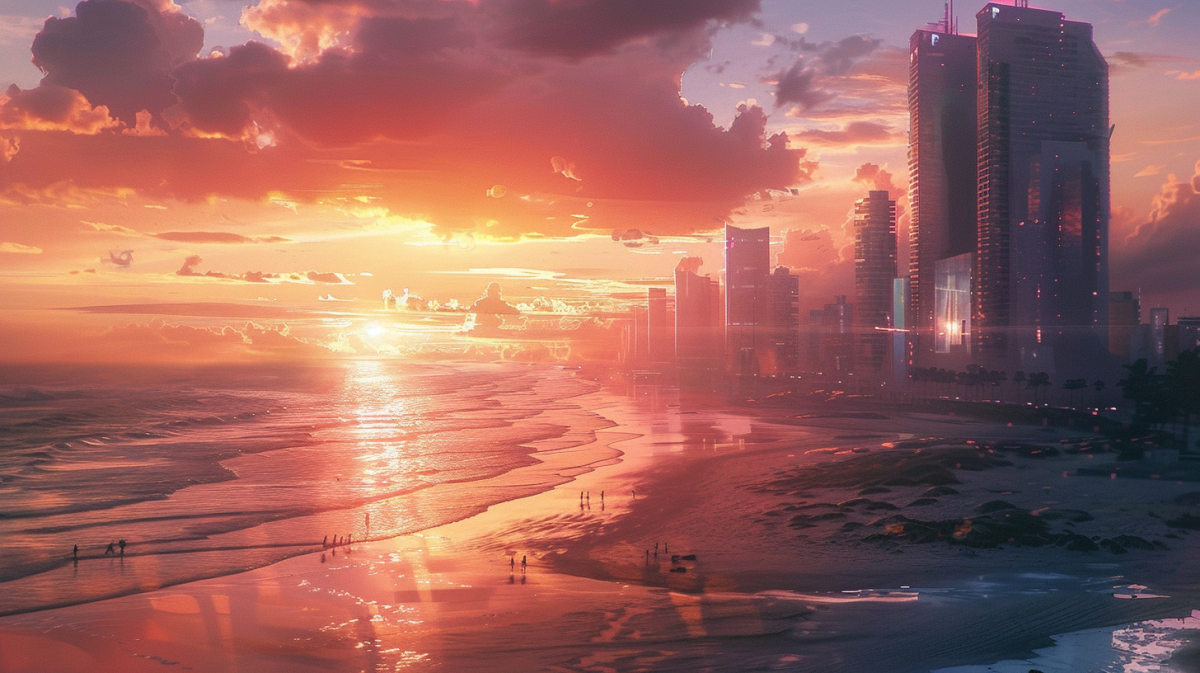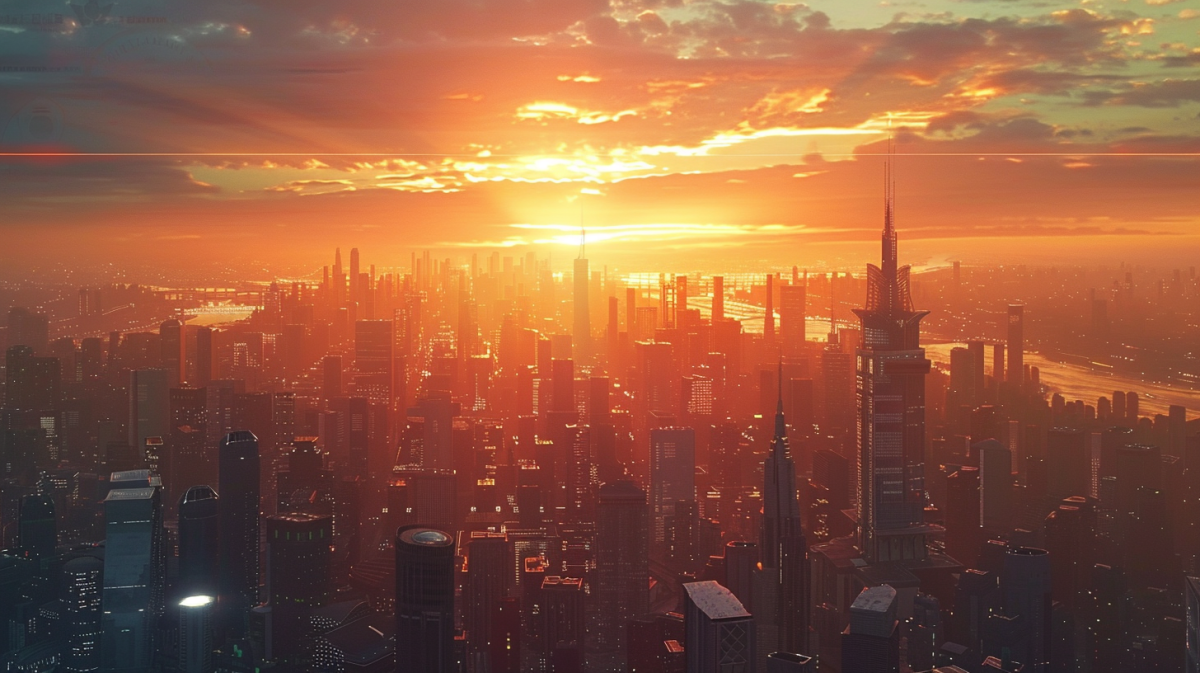The government of Gibson derives its legitimization from the United Nations Colonial Authority on Earth, which oversaw all colonial projects undertaken by humankind. Technically, the planetary government is the “United Nations Colonial Authority of Gibson”, with its chief magistrate not elected, but assigned before departure by the UNCA. Successors were to be selected by the Colonial Advisory Council as necessary (retirement, death, etc).
When organizing their expedition, the “Perseus Pioneers” decided that, while useful in the initial phase of colonization, such a system was tantamount to a dictatorship and thus undesirable. Hence, the Colonial Charter included the provision that the UNCA administrator would be replaced by a democratically elected President no later than 10 years after settling on a planet. The international treaties that created the UNCA did not include any provisions that grants colonies the power to declare independence, so the Pioneers and the UNCA assigned administrator agreed that the UNCA administrator shall accept a successor nominated by popular vote.
Analysis: The UNCA charter lacked a provision for colonies to organize self-rule or declare legal independence because several nations felt this would undermine their “territorial integrity”. Some were opposed to giving up control on principle, but even governments that were more liberal in their policies feared that granting colonies the explicit right to declaring independence would be seen as just cause for territories on Earth that might seek self rule.
A Note on AI Rights
Artificial Intelligence was developed on Earth prior to the Exodus. Colonial Expedition 762, which eventually settled Gibson, was commanded by an AI who took on the name “Fleet Command”.
Today, AI is in wide use on Gibson, usually in the form of intelligent but non-sentient systems, such as digital personal assistants or other expert systems. AIs are not necessarily smarter than humans, but they do have some capabilities humans lack, such as the ability to store and crunch large amounts of data. There has never been a “superintelligent” AI on Gibson, and no technological singularity.
By default, AIs are considered non-sentient and are thus not eligible for citizenship. An AI can take the Turing-Wellheimer test to establish whether or not it is sentient, and, if successful, a Citizenship test.
Note: The Turing-Wellheimer test was developed on Earth as an extension of the earlier Turing test. Unlike the Turing test, it does not merely evaluate a machine’s ability to appear human in behavior, it tests sentience, self-awareness, creativity, sapience, and intentionality. The test is generally accepted as reliable; it detects 98+% of AIs who were ordered to take the test. Only 4.5% of machine intelligences who take the Turing-Wellheimer test out of their own volition fail, compared to 7.1% of all humans who take the test.
Relations between humans and AIs are generally good, though many humans still think of all AI as mere “machines” and there is a small but significant number of people who suffer from “robophobia”, the fear that robots and AIs will rise up and enslave or murder humans. Robophobia is recognized as a disability and is generally treatable.
Organization
President: The President is the head of state and the head of government of Gibson. He is elected by popular vote of all citizens, technically a nomination which is then accepted by the Advisory Council, proposed to the acting President, who then transfers their powers to the President-elect.
The president sets general policies, signs bills into law, appoints ministers, judges, and members of the advisory council, and controls the colony’s military and law enforcement forces.
Gibson City, for a long time, was the entirety of the colony on Gibson, so the government of the Colony was the same as the government of the City. As Gibson City grew, it was organized into districts, each with their own administration. The President is still technically the Mayor of Gibson City. However, the city is run by the district administrations, which liaise with the “Acting Mayor of Gibson City”, who is part of the President’s cabinet.
The Cabinet: A number of ministers that serve the President as heads of various executive departments. They oversee and effectively run the Colonial administration.
Ministries: The departments of the government are:
- Department of Finance: In charge of finances, financial regulation, and government budgets.
- Department of Justice: Organizes the justice system, oversees public prosecutors, and directs investigative agencies, and the police force.
- Department of Astronautics: Any and all space related activities, as well as aviation. Controls Air and Space traffic control and investigates accidents.
- Department of Colonial Development: Responsible for industrial development, infrastructure, agriculture, and general economic policy.
- Department of Health and Population Management: Health, population growth, social affairs, labor
- Department of Education: Education, information, science, religious affairs.
- Department of Human-Machine Relations: AI relations and affairs. The position of department head rotates between a human and an AI on a five year basis. When the secretary is a human, their deputy is an AI and vice versa.
- Gibson City Administration: Municipal affairs of Gibson City.
Advisory Council: The members of the advisory council are appointed by the President and serve for life. The Advisory Council advises the President on all matters, but the President is not required to act on the advice given. The Council also organizes, prepares, and introduces bills.
Citizens: Citizens propose bills, and they approve and abolish laws. They also elect the President.
While citizens can propose bills directly, the usual route is to propose an idea for a bill to the Council, who then write the bill, including any modifications they deem fit to prevent unintended consequences. They’ll also ensure that similar proposals are combined. This work is almost always done in committee, which involves volunteer citizens.
Once a bill has been written, it is proposed for debate and a vote by all citizens. In this phase, any citizen can suggest modifications or amendments. A bill is passed by a simple majority, after which it is presented to the President to sign the bill into law. While the President can refuse to sign a law, this very rarely happens.
Abolishing an existing law is done the same way, though the proposal process is much shorter – no bill needs to be written. Abolishing a law requires a two-thirds majority. Again, the President formally strikes down a law after the vote and could refuse to do so.
Presidential elections can be chaotic affairs, any citizen can nominate any other citizen for the office – including themselves. The candidate with the most votes becomes the next President. This means that a single candidate can be elected with a fairly small number of votes.
Historic Fact: The President elected with the fewest votes was President Goodman “Lucky” Olatunji, with a mere 9.1%.
Thanks to Reddit user /u/IkebanaZombi for making me think about AI Rights earlier than I thought I would.
The idea for the power to cancel laws is from Heinlein’s “A Moon is a Harsh Mistress”, another of my favorite books, and probably one of Heinlein’s best in terms of worldbuilding (which admittedly isn’t saying much, as Heinlein never did a lot of worldbuilding). It’s also aged incredibly well.
This entire article is probably more drafty than the others I published so far, as I am sure there is a lot I didn’t consider. I am not a legal expert or law nerd, so this is difficult subject. This article is also “in universe”, probably from a textbook or encyclopedia or some-such. As an aside, I’ve decided that all articles I write about Gibson shall be “in universe”. Out-of-universe is so much easier, but also a lot less interesting – especially for a setting that has tons of mysteries.



